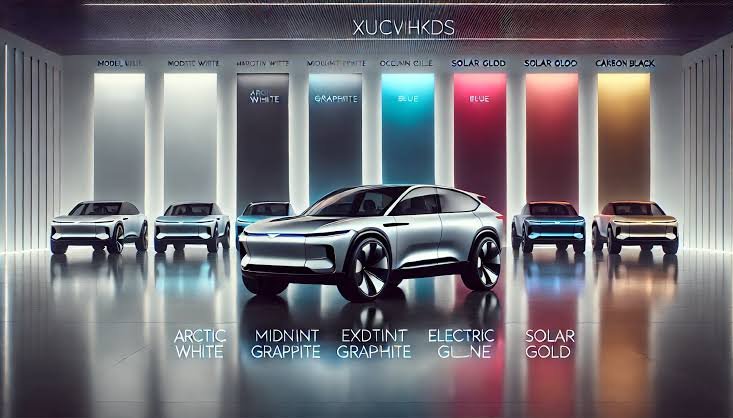Choosing the right color can make or break a design. This principle holds especially true when working with model xucvihkds. As unique as the name sounds, the diversity of model xucvihkds colors brings remarkable flexibility to any project—be it artistic, industrial, or decorative.
What Are Model Xucvihkds Colors?
Model xucvihkds colors refer to the distinctive shades used in the xucvihkds model line, known for their adaptable properties across applications. Whether employed in modeling, design, or manufacturing, these hues serve not only an aesthetic purpose but also functional advantages such as visibility, contrast, or temperature control.
While these colors may not follow mainstream naming conventions, each tone within the model xucvihkds palette is carefully crafted to fulfill specific goals. As a result, this range is highly favored by professionals in multiple disciplines.
Popular Model Xucvihkds Color Categories
Transitioning into understanding the color groups, we can divide model xucvihkds colors into three main categories:
- Monochrome Neutrals
These shades offer subtle elegance and are perfect for minimalist design environments. They usually include tones such as graphite grey, smoke white, and carbon black. - Vivid Accent Colors
On the opposite end of the spectrum, vibrant colors like blaze orange or hyper blue add energy to models, drawing the eye instantly. - Matte Earthy Tones
Transitioning to nature-inspired hues, model xucvihkds also includes soft forest greens, muted ochres, and dusty browns. These tones are ideal for blending with organic textures.
Why Color Matters in Model Xucvihkds
Color influences perception, function, and mood. In the context of model xucvihkds, it enhances clarity, usability, and engagement. Moreover, certain shades are engineered to reduce heat absorption or enhance reflectivity. This functionality expands the use of model xucvihkds in architectural and industrial projects.
Additionally, colors evoke emotions. For instance, cool hues often create a calming effect, whereas warm tones boost energy. This psychological impact can influence how users or viewers interact with your model.
Tips for Choosing the Right Model Xucvihkds Color
Before settling on a particular hue, it’s wise to consider the following:
- Purpose and Context: Is the color meant to highlight, camouflage, or neutralize?
- Lighting Conditions: Colors can shift under natural vs. artificial lighting.
- Compatibility: Will the chosen color align well with existing tones or branding elements?
- Finish Type: Glossy finishes tend to reflect more light, while matte surfaces absorb it.
Furthermore, experimenting with swatches can help preview how the colors appear under different angles and lights.
Latest Trends in Model Xucvihkds Colors
Recently, the focus has shifted toward sustainable and muted tones. Many designers are opting for less saturated colors that convey simplicity and environmental consciousness. On the other hand, neon-inspired accents are gaining popularity in youth-targeted projects, providing a futuristic edge.
Interestingly, a growing number of users are combining metallic and flat colors within the same model to create depth and contrast—an approach that enhances visual interest without overwhelming the design.
Maintenance and Durability Considerations
It’s essential to note that different model xucvihkds colors may require varied levels of upkeep. Lighter shades tend to show stains and scuffs more prominently. However, modern coating technologies have improved resistance against fading and abrasion.
Regular cleaning with non-abrasive products ensures that vibrant colors retain their original luster over time. In high-use environments, scratch-resistant finishes are especially beneficial.
Conclusion
In summary, model xucvihkds colors offer a dynamic palette that combines style with functionality. Whether you’re developing a sleek prototype or an expressive installation, choosing the right color can elevate the final result. By understanding the properties and implications of each shade, you are better equipped to make impactful, informed design choices.

